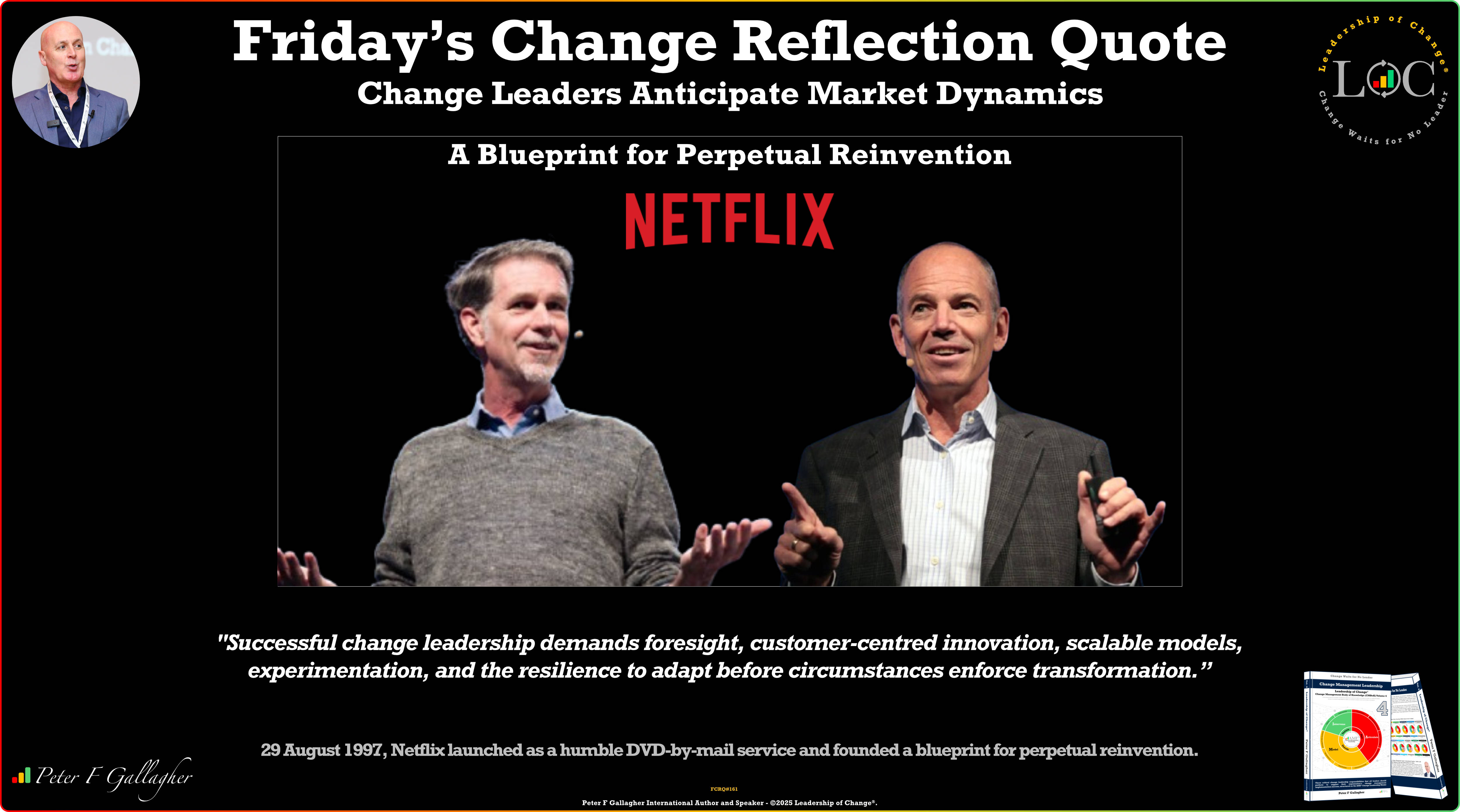Mar19

This article is an introduction to Design thinking, which is a human-centred approach to problem-solving that has become increasingly popular in the business world over the last few years. It is a methodology that seeks to understand the needs and wants of users and then uses that understanding to create products and services that meet those needs. Design thinking is particularly important when developing a new product, as it can help ensure that the product meets the needs of its target audience.
At its core, design thinking is empathizing with users, defining the problem, ideating solutions, prototyping and testing. Each step is equally important and serves a specific purpose in developing a product.
The first step in the design thinking process is to empathize with users. This involves observing and understanding the target audience's needs, wants, and behaviours. By doing this, designers can gain a deep understanding of the problems that users are facing, which can then inform the product's design.
The next step is to define the problem. This involves taking the insights gained from the empathize stage and framing them as a problem that needs to be solved. By clearly defining the problem, designers can ensure their solution is targeted and effective.
Once the problem has been defined, the ideation stage begins. This is where designers generate various ideas and potential solutions to the problem. Brainstorming, sketching, and prototyping are all essential activities at this stage. By generating various ideas, designers can explore different options and ensure their solution is best.
After ideation comes to the prototyping stage, designers create a physical or digital representation of their developed solution. This can be a rough prototype or a more refined one, depending on the stage of development. Prototyping allows designers to test their ideas in a real-world setting and improve based on user feedback.
Finally, the testing stage involves gathering user feedback on the prototype and using that feedback to refine the solution further. Testing allows designers to ensure that the product meets the needs of its target audience and that it is user-friendly and practical.
By following the design thinking process, designers can ensure that the product they develop is targeted, effective, and meets the needs of its target audience. Design thinking also helps to ensure that the product is user-centred, which is crucial in an age where user experience is critical to the success of a product.
In conclusion, design thinking plays a crucial role in product development. By empathizing with users, defining the problem, ideating solutions, prototyping and testing, designers can ensure that the product they develop is effective and meets the needs of its target audience. Design thinking is a powerful tool for any business that wants to create products and services that resonate with its target audience and drive business success.
By Andrew Constable MBA, XPP, BSMP
Keywords: Business Strategy, Design Thinking, Innovation
 Is AI Really Better Than You at Candidate Vetting? How Technology is Overcoming Age-Old Obstacles in Recruitment
Is AI Really Better Than You at Candidate Vetting? How Technology is Overcoming Age-Old Obstacles in Recruitment Friday’s Change Reflection Quote - Leadership of Change - Change Leaders Anticipate Market Dynamics
Friday’s Change Reflection Quote - Leadership of Change - Change Leaders Anticipate Market Dynamics The Corix Partners Friday Reading List - August 29, 2025
The Corix Partners Friday Reading List - August 29, 2025 The Real Reason Your Clients Keep saying No (and it's not what you think)
The Real Reason Your Clients Keep saying No (and it's not what you think)  Citi‑Zen: Synthesizing Ancient Wisdom and Quantum Futures for a New Planetary Order
Citi‑Zen: Synthesizing Ancient Wisdom and Quantum Futures for a New Planetary Order